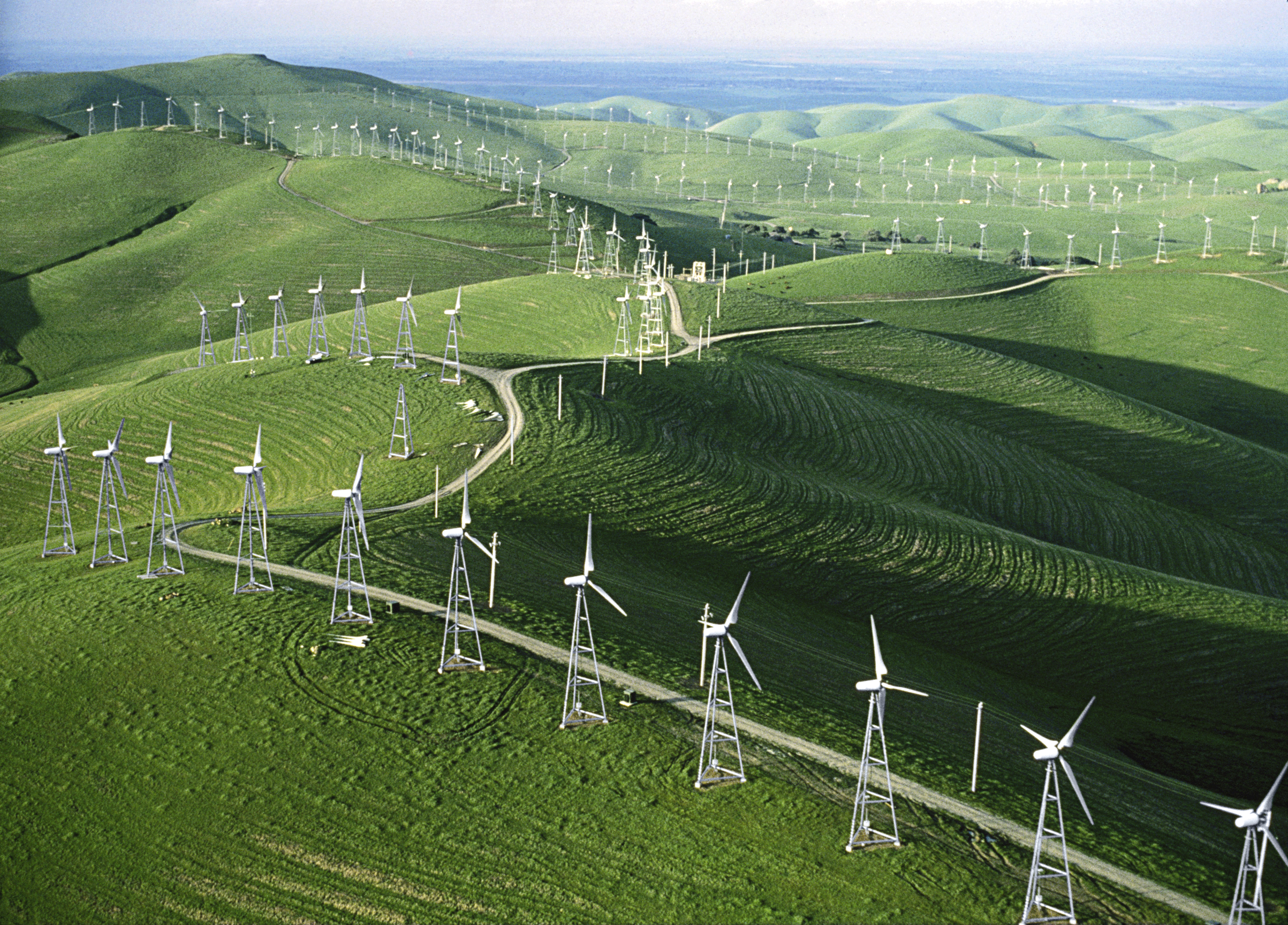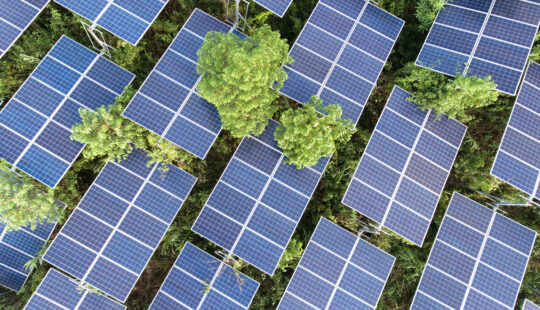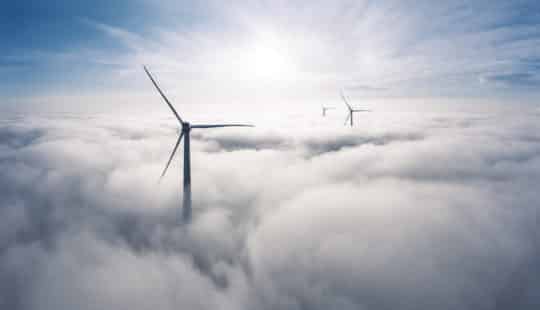Australia is hurtling towards a clean, green energy future. Yet it remains to be seen whether the country will capitalise on the opportunities sustainability provides, or if it will continue to act reactively and run the risk of disruption to our energy supply and day-to-day lives.
This was the message presented by the Hon Matt Kean, Minister for Energy & Environment in the New South Wales State Government, at the opening of the Pumped Hydro and Battery Storage conference held in Sydney recently. The conference attendees represented all facets of the energy industry, from consulting engineers through to the public sector, who were all there to discuss the latest developments in energy storage and sustainable power.
This view of the future – where seizing the opportunity presented by clean energy is an economic, not just environmental imperative – was echoed by many of the conference participants. One in particular, former Prime Minister Malcolm Turnbull, used his keynote to highlight the importance of preparing for change, which he said will be led by the “engineers and economists” in the room.
Practically, a proactive approach to sustainable energy presents a real economic opportunity. Not only from lower emissions and household power bills, but also through the ability to grow jobs and industry, with the potential for domestic manufacturing to be supplied by near zero marginal cost power in a clean energy future.
Solar energy technology has fallen in price by 90% in the past eight years and will be a key driver of a transition to low-carbon energy. However, reliable supply won’t be achieved without important investment and development of technologies such as hydro-electricity and battery storage to firm-up capacity.
To seize the economic opportunity and mitigate the risk of unreliable supply, many of the speakers drew attention to the need for better energy forecasting. They were calls for predictions on a ten year time-scale to enable investment decisions to be made, but also forecasts on different aspects of power supply on a much shorter scale – multiple times an hour to ensure sufficient supply to meet demand, from industrial activity through to the peaks and troughs of household consumers.
At the event, SAP presented on the possibilities provided by software to solve some fundamental aspects of the prediction problem. Our Trader’s Toolkit solution was presented by Angus McDonald, Venture Architect.
This solution comprises two tools critical to energy traders and hydro-electric operators: the ability to forecast energy prices, as well as determine the value of water for use in hydro-electric generation, with the technology able to provide real time accurate insights for both metrics.
By applying SAP’s deep Machine Learning expertise and experience in the power utilities sector, this technology greatly improves prediction, empowering employees while allowing utilities to operate intelligently, hedging price risk and ensuring efficient power generation through the insights gleaned from massive data sets.
This solution is one of many steps in ensuring a fruitful energy transition for Australia in the coming years. By empowering experts in the energy industry, we can all capitalise on the opportunities that renewable energy will bring while foreseeing and addressing potential disruptions through the power of data-driven, machine learning insights.
To find out more about the Trader’s Toolkit and SAP’s other predictive technology solutions, please contact Angus McDonald angus.mcdonald@sap.com or Eamon Fenwick eamon.fenwick@sap.com.



